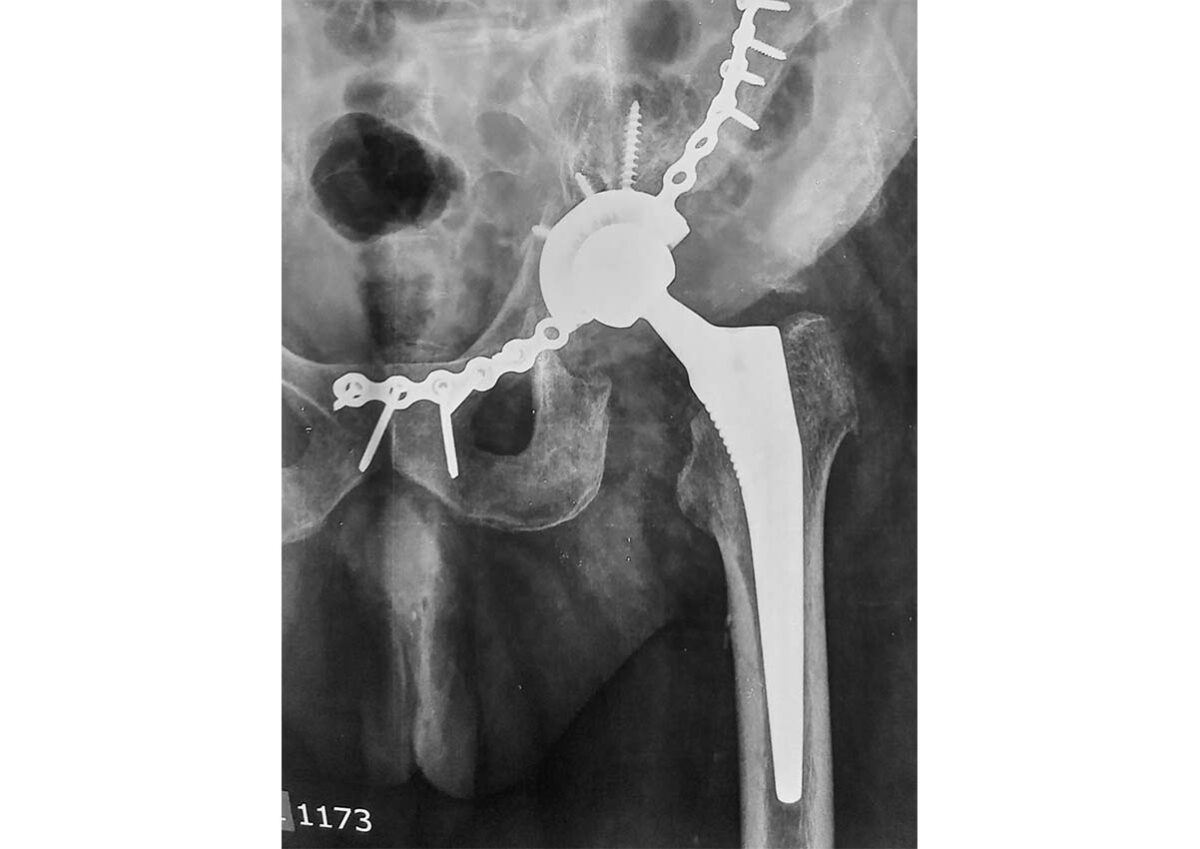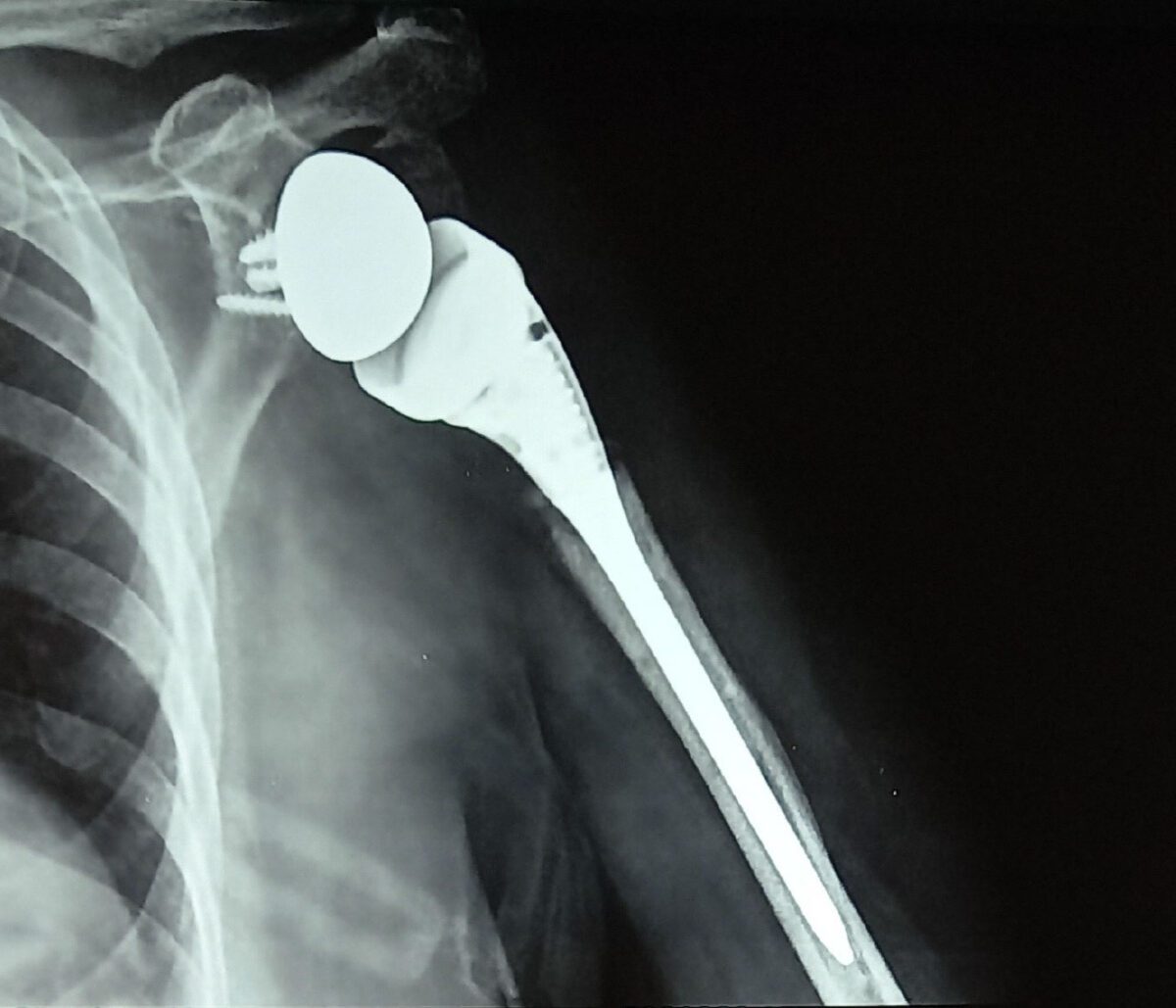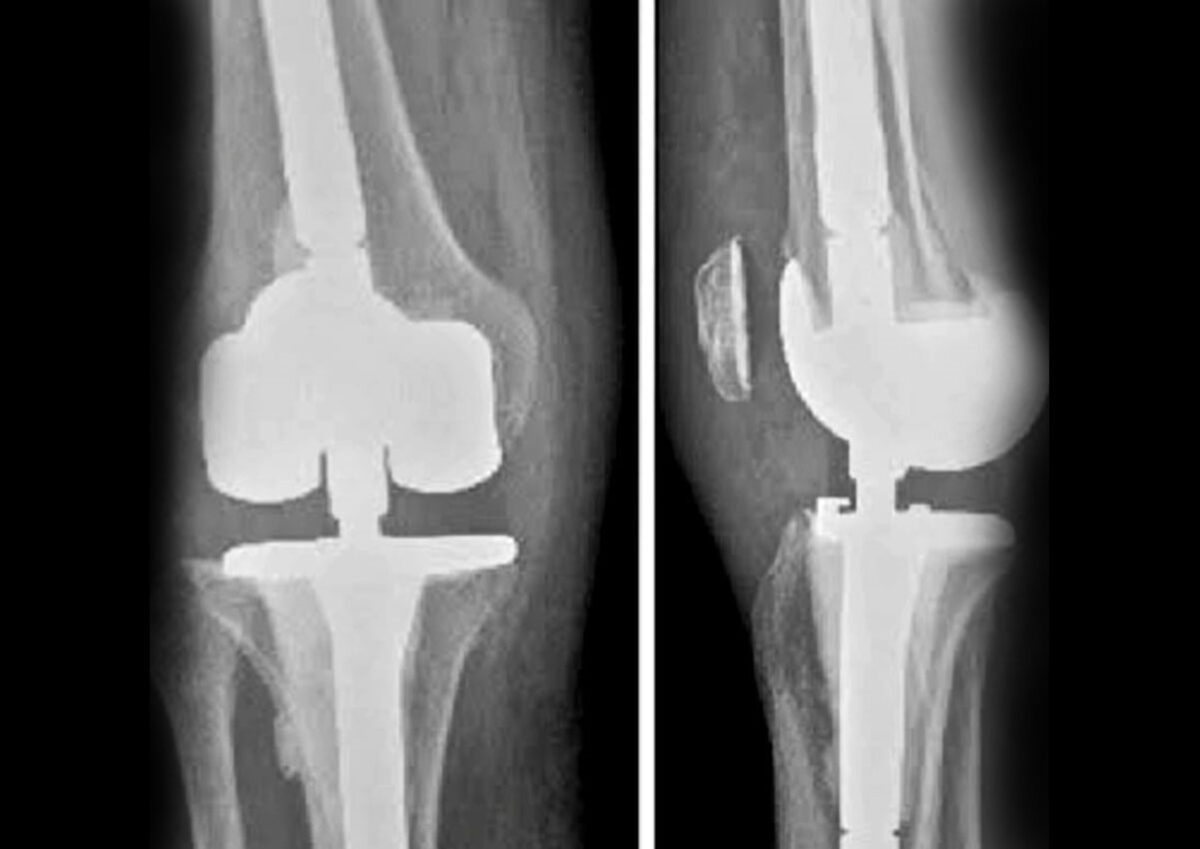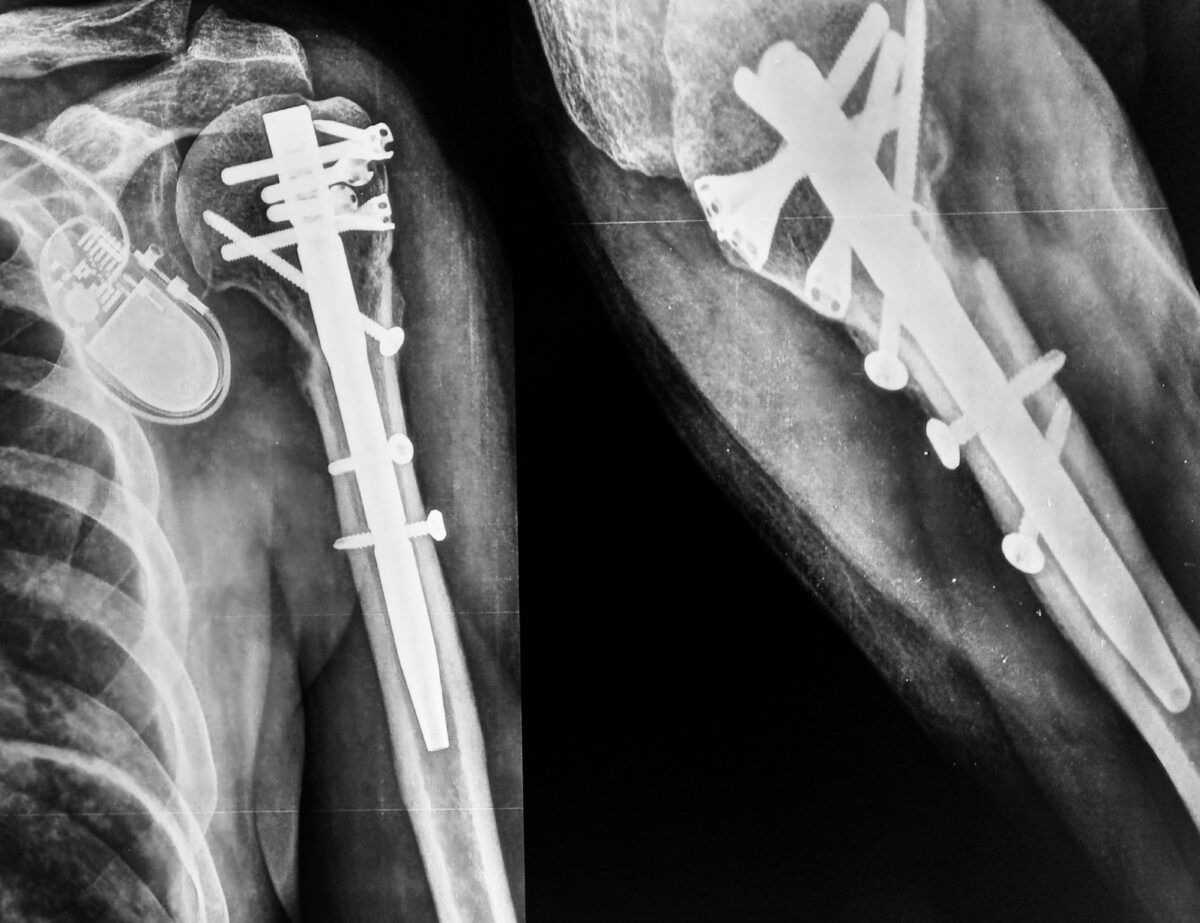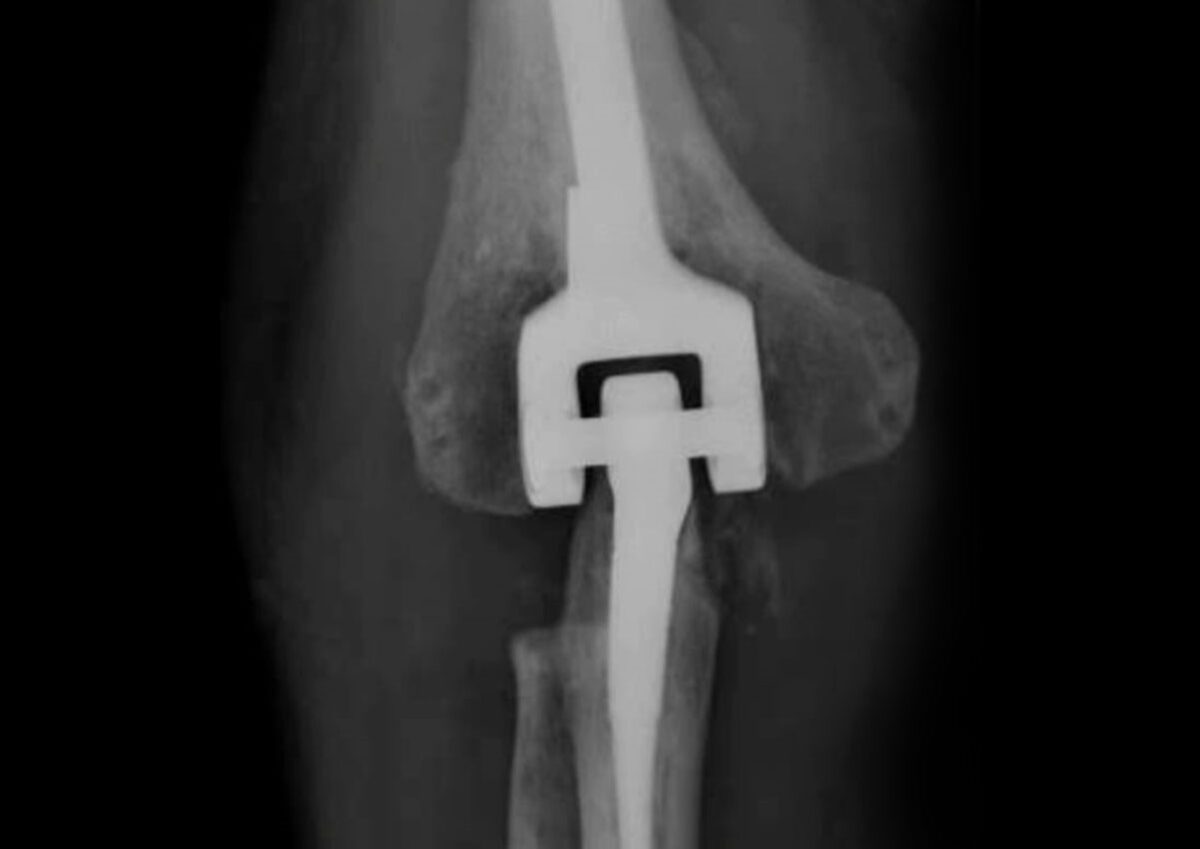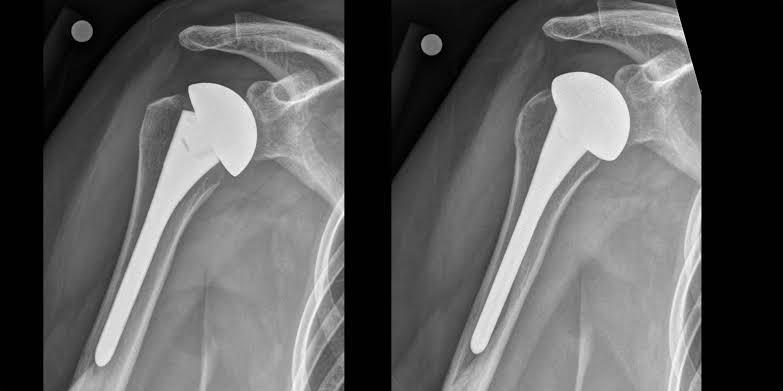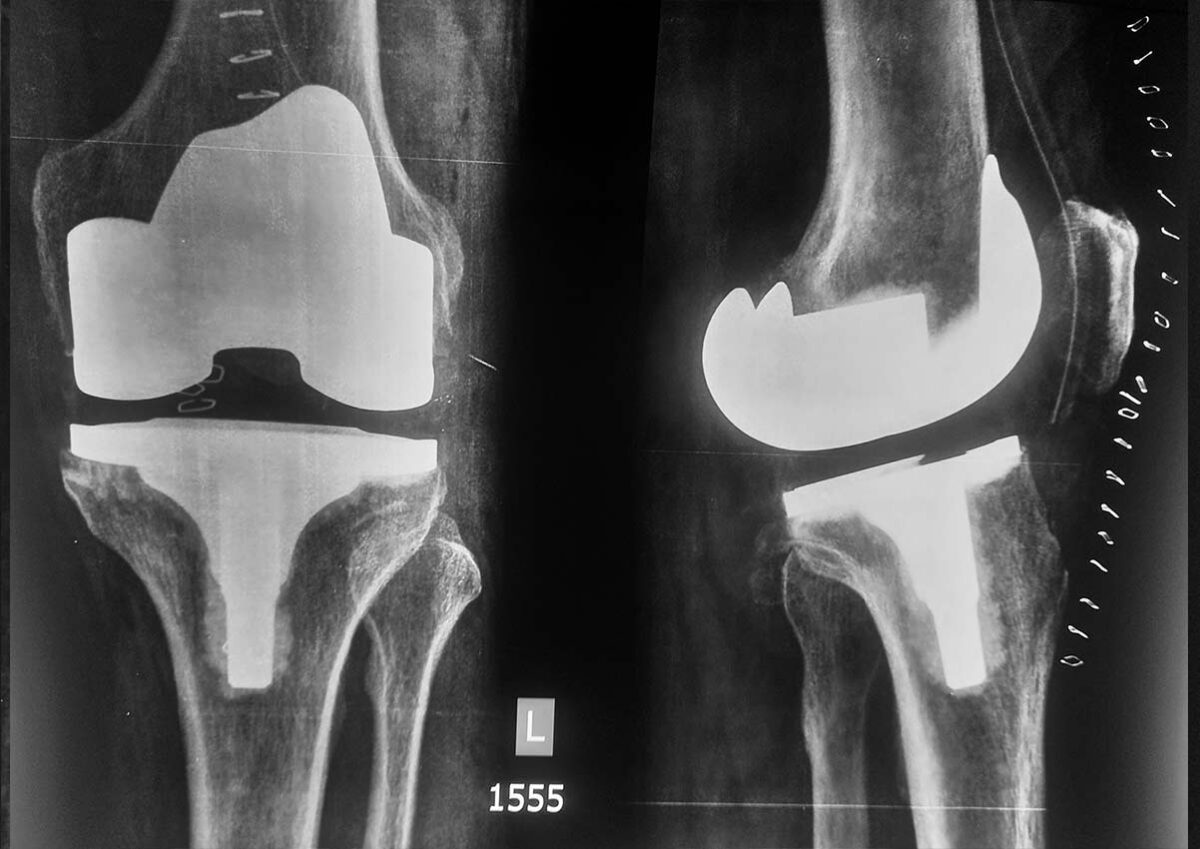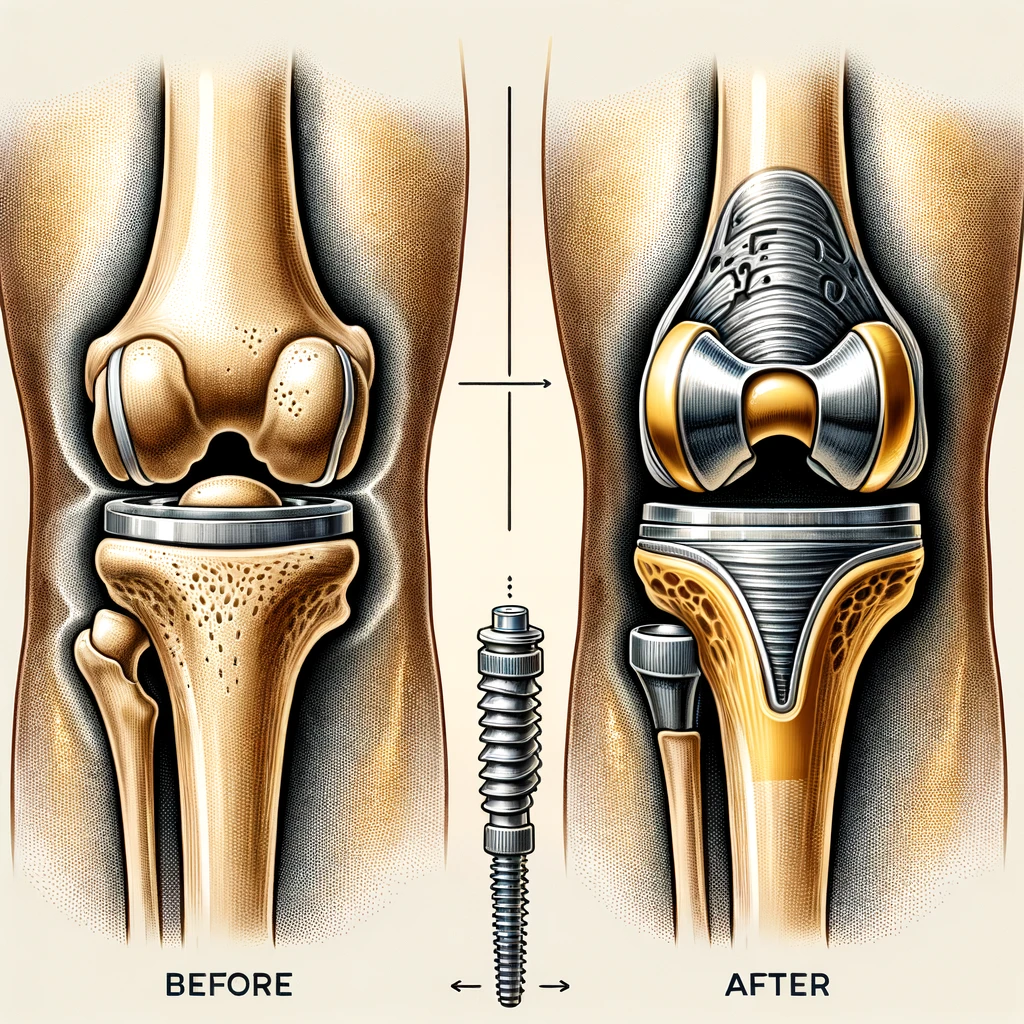Dr. Debasis Chakravarty, a renowned Hip Replacement Specialist in Kolkata, brings over 30 years of experience, specializing in joint replacement and trauma surgery. He has extensive training in complex primary and revision joint surgeries.
What is Hip Replacement Surgery?
Hip replacement surgery, also known as hip arthroplasty, is a procedure where a damaged or worn-out hip joint is replaced with an artificial joint or implant. This surgery is typically recommended when other treatments haven’t provided adequate pain relief or improved mobility.
Who Needs Hip Replacement Surgery?
This surgery is often considered for individuals with:
- Severe arthritis causing joint damage and pain.
- Hip fractures or injuries that haven’t healed well.
- Conditions like osteonecrosis, where blood supply to the hip bone is disrupted.
The Hip Replacement Procedure: Step-by-Step
- Preparation: Before the surgery, you’ll undergo a thorough medical evaluation. This helps in planning the procedure and ensuring safety during surgery.
- Anesthesia: General or spinal anesthesia is administered, ensuring you are comfortable and pain-free during the operation.
- Surgical Procedure:
- An incision is made over the hip to expose the joint.
- Damaged bone and cartilage are removed and replaced with a prosthetic socket in the pelvic bone.
- The round ball on the top of the femur (thighbone) is then replaced with a prosthetic ball, which is attached to a stem fitting inside the femur.
- Closing the Incision: Once the joint is replaced, the incision is closed with sutures or staples.
Recovery and Rehabilitation
Post-surgery, recovery involves:
- Hospital Stay: Typically, a few days in the hospital are required.
- Physical Therapy: Begins soon after surgery to aid mobility and strengthen the hip.
- Home Recovery: Involves specific exercises and gradually resuming daily activities.
- Follow-up: Regular check-ups with Dr. Chakravarty ensure proper healing and recovery.
Benefits of Hip Replacement
- Significant pain reduction.
- Improved joint function and mobility.
- Enhanced quality of life with the ability to return to daily activities.
Why Choose Dr. Chakravarty – renowned Hip Replacement Specialist in Kolkata?
His expertise, combined with a patient-centered approach, ensures you receive comprehensive care tailored to your specific needs.
Contact Information
- Email: info@drdebasischakravarty.com
- Website: Dr. Debasis Chakravarty
- Phone: 9874441122
- Address: 730, Anandapur, E.M. Bypass Road, Kolkata, West Bengal 700107


